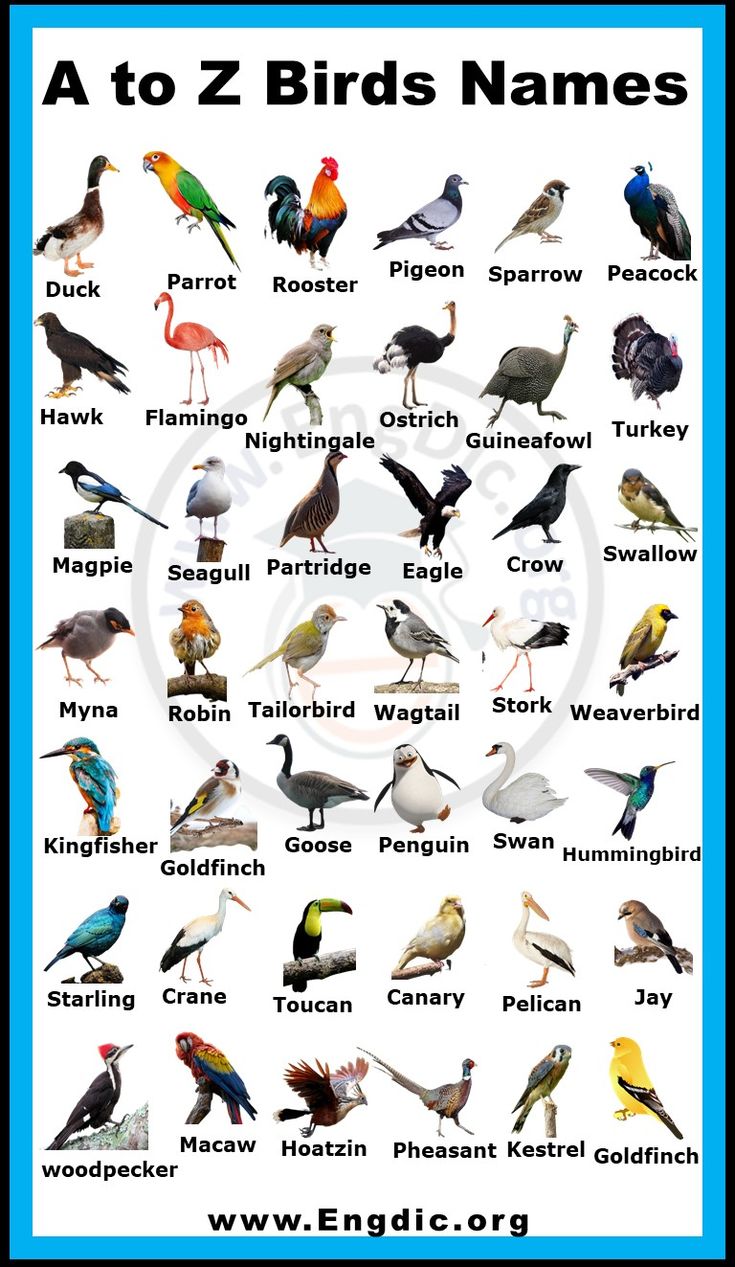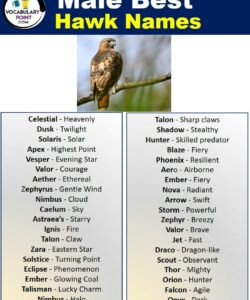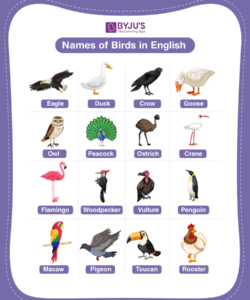Birds, with their diverse appearances, captivating songs, and graceful flight, have always fascinated humans. Exploring the world of birds can be an exciting endeavor, and one way to delve into this avian kingdom is by learning alphabetical lists of bird names. This comprehensive compilation offers a valuable resource for bird enthusiasts, students, and anyone eager to expand their ornithological knowledge.
From the tiny hummingbird to the majestic eagle, birds come in various sizes, shapes, and colors. An alphabetical list of bird names provides a systematic way to organize and identify these feathered creatures. It serves as a helpful tool for learning bird names in a structured manner, enabling you to quickly locate specific species and broaden your understanding of the avian world.
Benefits of Using Alphabetical Lists of Bird Names
Alphabetical lists of bird names offer numerous benefits for bird enthusiasts:
Educational Value: These lists provide an organized and accessible way to learn bird names, enhancing your knowledge and understanding of avian species. They are particularly valuable for students and researchers studying ornithology or related fields.

Identification Aid: When encountering a bird in the field, an alphabetical list can assist in identifying the species by matching its name to its physical characteristics and behavior. This is especially useful for novice birdwatchers who are still developing their identification skills.
Research Tool: Ornithologists and other researchers often use alphabetical lists of bird names as a starting point for their studies. These lists help them identify species of interest and organize data for further analysis.
Example Alphabetical List of Bird Names
Below is an example of an alphabetical list of bird names with a brief description of each species:
American Robin: A common and widespread bird known for its cheerful song and reddish-orange breast.
Bald Eagle: A majestic bird of prey with a distinctive white head and tail. It is the national bird of the United States.
Blue Jay: A colorful and noisy bird with a distinctive blue crest and black collar.
Cardinal: A vibrant red bird with a distinctive crest and black mask.
European Starling: A small, iridescent bird with a distinctive whistling song. It is an introduced species found in many parts of the world.
Conclusion
Alphabetical lists of bird names are invaluable resources for anyone interested in learning about birds. They provide a structured and accessible way to expand your knowledge, assist in bird identification, and serve as a foundation for further research. Whether you are a seasoned birdwatcher or just starting your journey into the world of ornithology, these lists offer a wealth of information and educational benefits.
As you explore the world of birds, remember that these fascinating creatures play a vital role in our ecosystems. Their beauty, songs, and ecological importance make them a cherished part of our natural heritage. Let us continue to appreciate and protect these feathered wonders for generations to come.
FAQ
What is the purpose of an alphabetical list of bird names?
An alphabetical list of bird names provides a systematic way to organize and identify bird species, facilitating learning and identification.
How can I use an alphabetical list of bird names?
You can use an alphabetical list to learn bird names, identify species in the field, and retrieve information for research purposes.
Where can I find an alphabetical list of bird names?
Alphabetical lists of bird names can be found in books, online resources, and field guides dedicated to ornithology.
What is the benefit of using an alphabetical list compared to other methods?
Alphabetical lists offer a structured and accessible approach to learning bird names, making it easier to locate specific species and expand your knowledge.
Are there any limitations to using an alphabetical list of bird names?
While alphabetical lists are valuable resources, they may not provide comprehensive information about each species’ behavior, habitat, or conservation status. It is recommended to consult additional resources for a more in-depth understanding of bird species.



